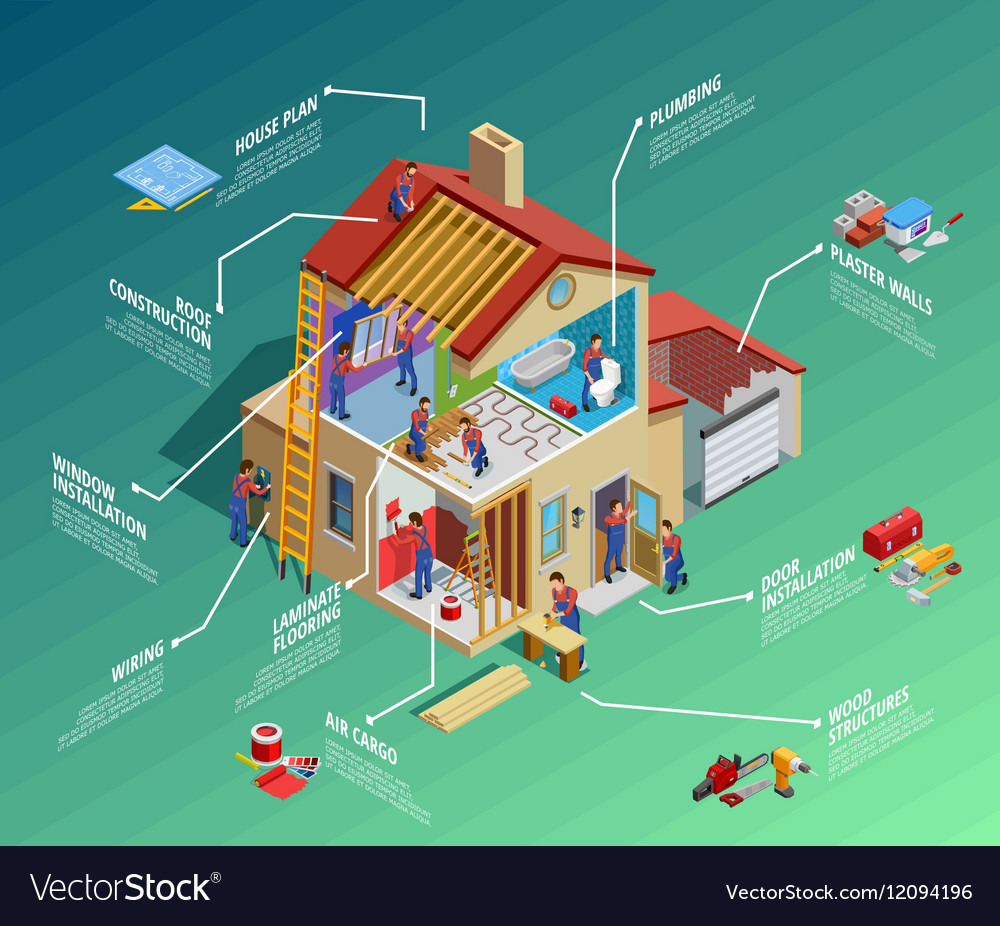Just How To Budget For Your Flooring Job: A Practical Overview
Just How To Budget For Your Flooring Job: A Practical Overview
Blog Article
Staff Writer-Dalrymple Hvidberg
When you're preparing a flooring job, budgeting isn't just about selecting a number; it has to do with comprehending what you genuinely need and the expenses entailed. You'll intend to analyze your particular needs, research study various materials, and anticipate unexpected expenditures. Think about exactly how variables like space purpose and setup methods can influence your budget. But prior to you jump in, there are some critical information you may forget that might significantly affect your general costs. Let's discover how to navigate these complexities and ensure your job remains on track.
Assessing Your Flooring Needs
Before diving into your flooring project, it's critical to assess your floor covering needs. Beginning by thinking about the certain locations where you prepare to mount brand-new flooring. Think of the objective of each room. As an example, bathroom and kitchens require waterproof products, while living areas could gain from convenience and visual appeals.
Next off, examine the existing conditions of your floorings. Exist any type of architectural issues, such as unequal surfaces or dampness issues? Addressing these issues early on can save you money and time down the line.
Also, keep in mind of the measurements of each area to determine just how much floor covering you'll need.
Do not fail to remember to consider your1dayfloor of life. If you have pets or young children, sturdiness could be your top concern, while a much more official area may call for a luxurious coating. Furthermore, think of your design choices. Do you prefer a classic look, or are you drawn to modern styles?
Finally, be reasonable about just how much maintenance you want to dedicate to. Some materials need even more upkeep than others. By understanding your requirements plainly, you'll be better outfitted to make informed selections as you move forward with your flooring task.
Estimating Expenses and Materials
Estimating prices and products is a critical step in your flooring project that can considerably influence your overall spending plan. Begin by determining your room accurately to identify just how much flooring you'll need. For a lot of materials, you'll find pricing by square foot, so accumulate quotes from numerous providers to obtain a practical figure.
Next, consider the kind of flooring you want. Options like wood, laminate, tile, or rug all come with different cost factors. Study the costs for every and consider any kind of extra materials like underlayment, adhesive, or shift strips.
Do not forget to consist of devices if you're planning a do it yourself installment, as leasing or purchasing devices can include in your costs.
Labor prices are one more vital factor to consider. If epoxy flake floor installation employing experts, get quotes from multiple specialists to ensure you're getting a reasonable price. Be clear about the extent of work to prevent unforeseen costs later.
Finally, it's important to set aside a small percent of your budget for any unforeseen prices associated with materials. By extensively estimating your prices and materials ahead of time, you'll set on your own up for a smoother and much more manageable flooring job.
Preparation for Hidden Expenses
Several homeowners ignore the concealed expenses that can emerge throughout a flooring project, which can bring about budget overruns. To prevent this, you need to plan for possible additional costs.
Initially, consider the condition of your existing subfloor. If it's damaged or unequal, you'll likely require repair services or progressing, which can include dramatically to your total expenditure.
Next off, consider elimination and disposal charges for your old flooring. Lots of professionals charge added for this solution, so factor that right into your spending plan.
In addition, don't forget about the costs of underlayment, which might not be consisted of in the initial quote but are vital for an effective installment.
You must also plan for unexpected problems, such as plumbing or electric job if your flooring project includes moving fixtures. It's a good idea to set aside at least 10-15% of your overall budget for these unanticipated expenditures.
Lastly, keep in mind that permits may be needed for certain installments. Constantly inspect https://gregoryluemu.yomoblog.com/38590508/necessary-inquiries-to-ask-your-flooring-specialist-before-beginning-a-task to avoid penalties or delays.
Conclusion
In conclusion, budgeting for your floor covering job is necessary for an effective outcome. By analyzing your requirements, estimating expenses, and preparation for surprise expenditures, you'll avoid surprises and remain on track. Remember to reserve a section of your allocate unforeseen prices and maintain a detailed break down of your expenses. With careful preparation and consideration, you'll create a lovely space that satisfies your demands without breaking the financial institution. Satisfied flooring!
